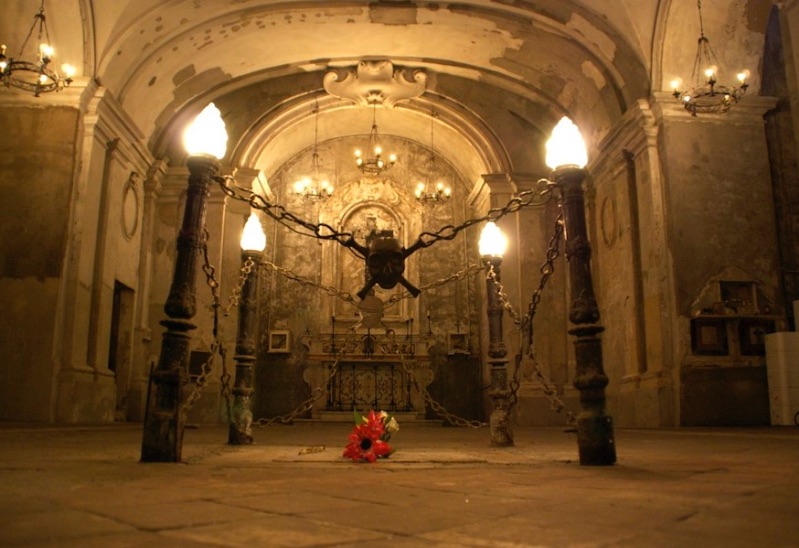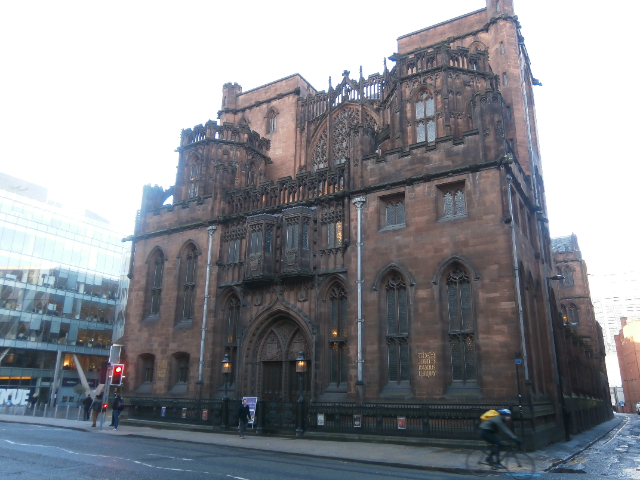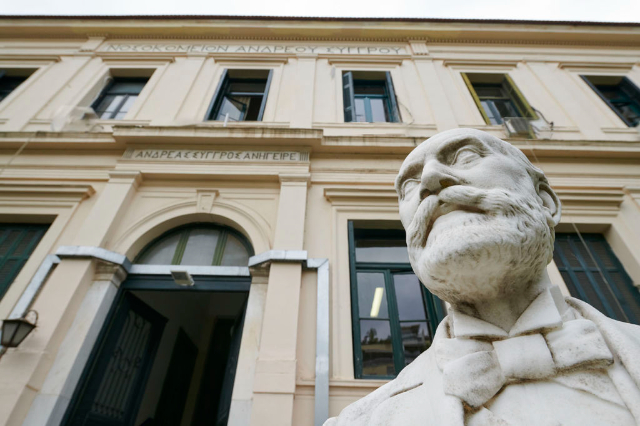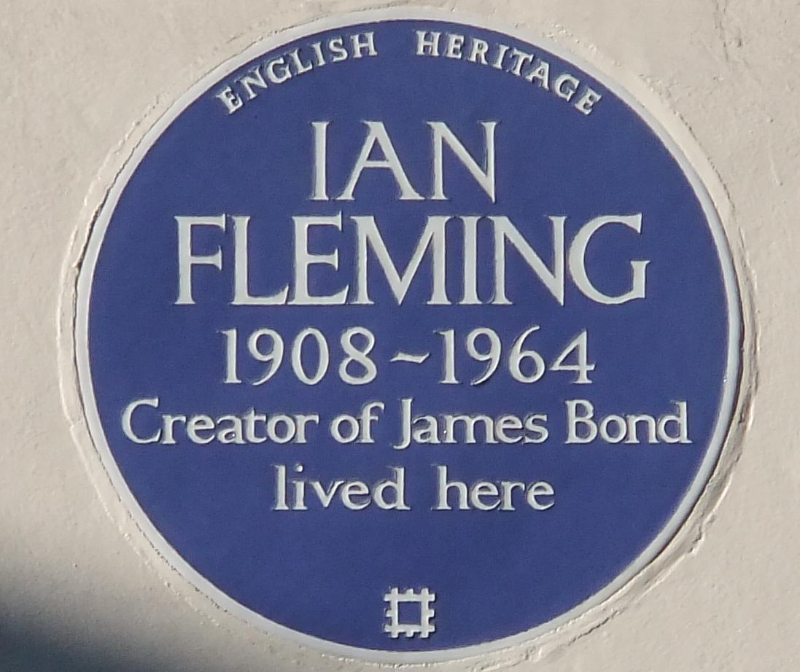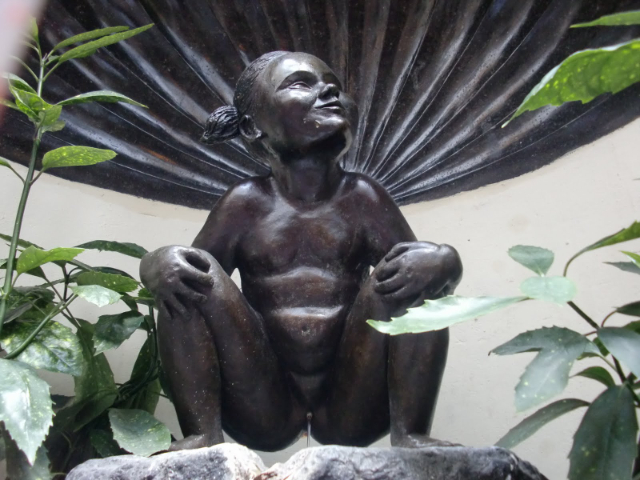Naples has always been the city of contrasts and apparent nonsense, and it is no coincidence that Naples is home to one of the most evocative and picturesque churches ever. That thin thread that divides life and death, in Pulcinella’s homeland, seems to have never existed, as the Neapolitans are used to living with death. Naples has always been a city that has a special relationship with death, a way of dealing with the other dimension, a protagonist of popular sayings and traditional customs. One of the obvious examples is the Church of the Souls of Purgatory in Arco, also called "the Church of the Capuzzelle", or church of "e cape ‘e morte", the main place where the cult of the souls pezzentelle is concentrated.
The link with death was fed largely by the climate of the Counter-Reformation of the 17th century, which supported the principle of the purgative souls, through the intercession of prayers and masses in suffrage, to save the souls of the dead who stopped in Purgatory, and help them atone for their sins and ascend to Paradise. In Naples, at the same time, the rite of the pezzentelle souls developed, that of the capuzzelle: the skulls were adopted and cared for by the people, with prayers and devotion to obtain blessings for their families.
Then, the women of the neighborhoods, chose their "capuzzella" among the many skulls scattered in the catacombs, giving it a name and a specific role. Then they would place it on an embroidered pillow, and polish and clean it, decorating it with flowers and candles. After this procedure, the dead person’s soul was prayed to, asking for graces and intercessions during dreams, which were the only way to communicate with the deceased.
During the century of the plague, exactly in 1605, a group of nobles gave life to an Opera Pia, a lay congregation that had among its main purposes the care of the souls in Purgatory. The church was designed by Giovan Cola di Franco and was built on two levels: the upper church, a true masterpiece of Neapolitan Baroque art, and the lower or hypogeum church, which is still today the seat of the worship of the pezzentelle souls.
The upper church is small and lavishly decorated with polychrome marble and paintings. The precious decoration of the presbytery in marble clerks is the work of Dioniso Lazzari. On the high altar there is the canvas by Massimo Stanzione representing the "Madonna with the souls of Purgatory" and above "Saint Anne offers the Virgin child to the eternal Father", by Giacomo Farelli. However, the decoration of the back wall behind the altar is astonishing, with a winged skull, a masterpiece by Lazzari, which today is not visible to those who sit in the nave because the altar built in the eighteenth century covered it.
But below the main church there is another one that mirrors the one above, the Hypogeum, which is bare, dark and devoid of decoration. It was conceived to represent an evocative descent to Purg
